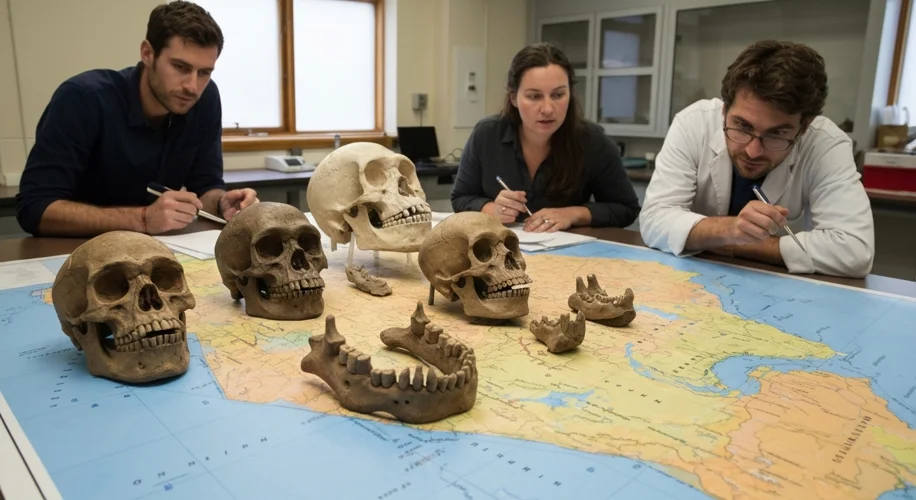This is an exciting time for anyone interested in human origins! Recently, fossils unearthed in Ethiopia have given us a new perspective on our ancient ancestors. It turns out, our family tree might be a lot more complex and branched than we once thought.
Did you know that for a long time, the prevailing idea of human evolution was a pretty straightforward, linear progression? Think of it like a single line, moving from more ape-like creatures to us, Homo sapiens. This new discovery, however, suggests it wasn’t quite so simple.
What scientists found were fossils indicating that not one, but two distinct types of early human ancestors were living at the same time in the same region. This is a significant finding because it challenges the idea of a single, direct path to modern humans. Instead, it points to a period where different branches of our family tree were coexisting, possibly even competing.
This complexity is actually quite common in nature. Think about how many different species of birds or mammals exist today, all adapted to different environments. It’s not a stretch to imagine that early in our lineage, there were also multiple successful hominin species trying out different ways to survive and thrive.
So, what does this mean for our understanding of evolution? It suggests that diversity and parallel development were key features of our early history. It’s like saying instead of a single highway, our journey to becoming human was more like a network of many roads, some leading to dead ends and others to different destinations.
These new fossils are like pieces of a puzzle we’re still putting together. Each discovery adds detail and nuance, revealing a story of our past that is richer and more fascinating than a simple, linear model could ever capture. It reminds us that science is always evolving, and our understanding of where we come from is constantly being refined by new evidence.

